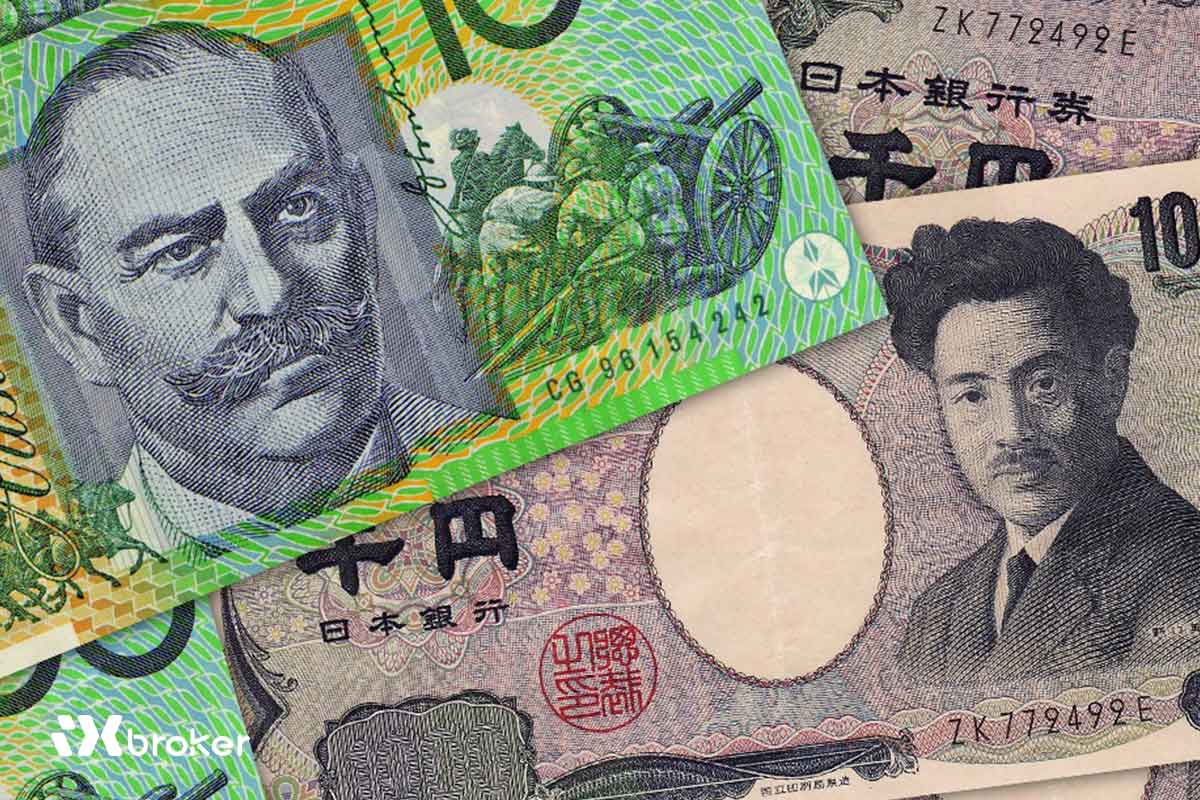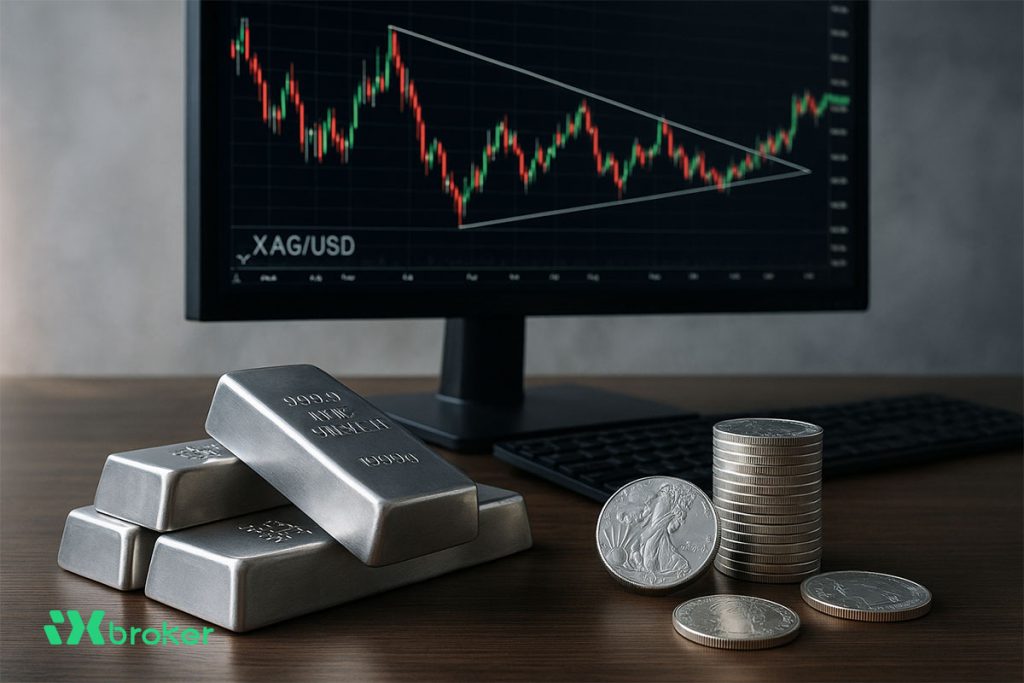AUD/JPY opened the week with a bullish tone, rebounding from Friday’s sharp 250-pip slump that dragged the pair to around 97.80. During Monday’s Asian session, spot prices climbed back above the 99.00 level, stabilizing after last week’s pullback from the 101.00 region—the highest point since November 2024.
Easing US-China tensions boost risk sentiment
The improvement in global risk appetite came after former US President Donald Trump softened his stance on China, retracting his earlier plan to impose 100% tariffs on Chinese imports starting November 1.
Trump stated on Truth Social that the US “does not wish to hurt China” and expressed optimism that “China’s economy will be fine.” His remarks helped ease fears of a renewed trade conflict between the world’s two largest economies, supporting risk-sensitive assets such as the Australian Dollar (AUD) and weighing on the Japanese Yen (JPY).
Political uncertainty weighs on the Yen
Domestic political instability in Japan further undermined the JPY’s safe-haven appeal. The Komeito party’s decision to end its 26-year alliance with the ruling Liberal Democratic Party (LDP) has created uncertainty around Sanae Takaichi’s bid to become Japan’s first female Prime Minister.
The political rift adds pressure to the government and could delay the Bank of Japan’s (BoJ) long-awaited rate hike plans, amplifying downside pressure on the Yen.
Mixed Chinese data fails to dent Aussie momentum
Despite weaker Chinese trade data, the AUD maintained its upward momentum. China’s trade surplus narrowed to CNY 645.47 billion in September from CNY 732.7 billion previously, while imports and exports both posted stronger year-over-year growth—rising 7.5% and 8.4%, respectively.
Although the trade surplus in USD terms came in below expectations, the overall improvement in trade activity helped temper market concerns over China’s economic outlook.
RBA’s hawkish tone underpins the Aussie
The Australian Dollar also drew support from the Reserve Bank of Australia’s (RBA) hawkish policy outlook. The central bank signaled that inflation in the September quarter is likely to exceed earlier projections from its August meeting and emphasized the need for additional time to assess the impact of 2025’s cumulative 75 basis points (bps) in rate cuts.
The RBA’s stance reinforces expectations that policy tightening could resume if inflationary pressures persist—strengthening the bullish outlook for the AUD/JPY cross, although potential BoJ tightening later this year could limit further upside.



